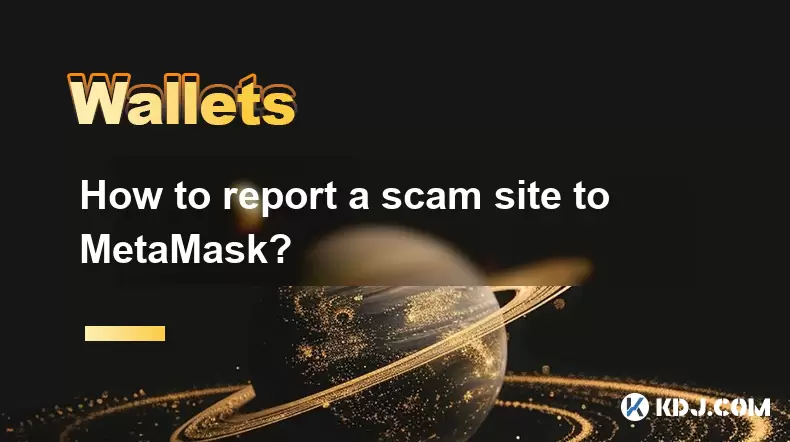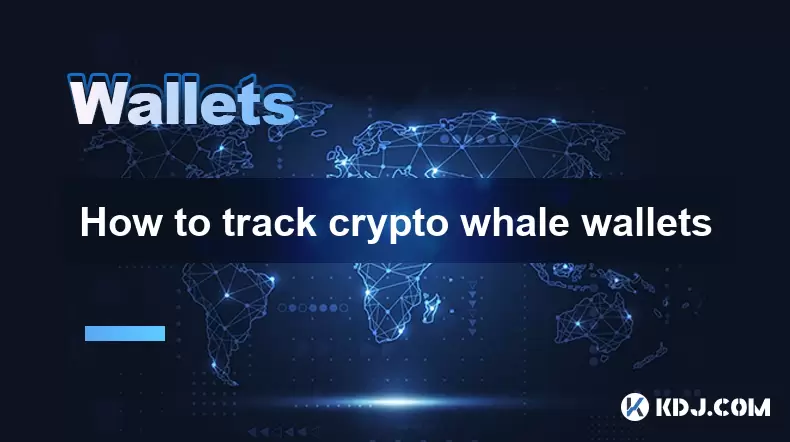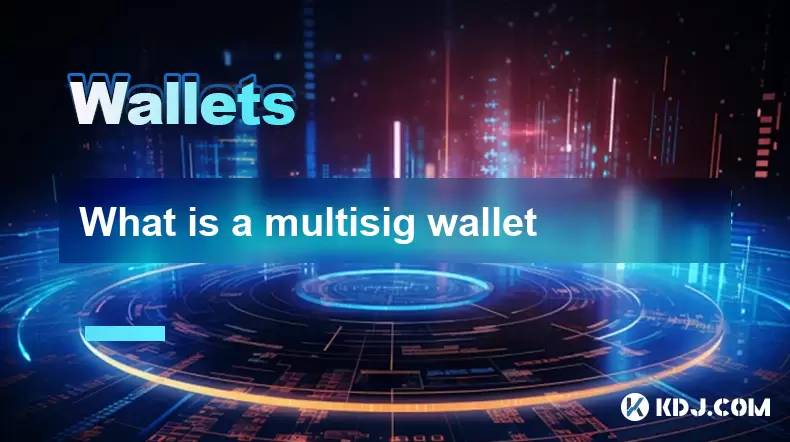-
 Bitcoin
Bitcoin $117,462.8204
-2.03% -
 Ethereum
Ethereum $3,061.1595
1.10% -
 XRP
XRP $2.9139
-2.19% -
 Tether USDt
Tether USDt $1.0002
0.02% -
 BNB
BNB $685.1357
-1.24% -
 Solana
Solana $161.3803
-2.11% -
 USDC
USDC $1.0002
0.04% -
 Dogecoin
Dogecoin $0.1948
-2.92% -
 TRON
TRON $0.2987
-0.89% -
 Cardano
Cardano $0.7330
-1.27% -
 Hyperliquid
Hyperliquid $47.7888
0.13% -
 Stellar
Stellar $0.4514
-2.93% -
 Sui
Sui $4.0169
2.74% -
 Chainlink
Chainlink $15.7088
-2.57% -
 Hedera
Hedera $0.2356
-3.33% -
 Bitcoin Cash
Bitcoin Cash $488.6656
-3.61% -
 Avalanche
Avalanche $21.2955
-1.47% -
 UNUS SED LEO
UNUS SED LEO $9.0415
0.42% -
 Shiba Inu
Shiba Inu $0.0...01332
-0.82% -
 Toncoin
Toncoin $3.0124
-0.62% -
 Litecoin
Litecoin $94.2175
-2.07% -
 Polkadot
Polkadot $4.0011
-0.61% -
 Monero
Monero $333.5714
-3.46% -
 Uniswap
Uniswap $9.1114
-1.56% -
 Dai
Dai $1.0000
0.02% -
 Ethena USDe
Ethena USDe $1.0005
0.00% -
 Bitget Token
Bitget Token $4.4951
1.87% -
 Pepe
Pepe $0.0...01242
0.47% -
 Aave
Aave $321.9943
0.51% -
 Bittensor
Bittensor $434.1984
5.13%
How to report a scam site to MetaMask?
Reporting scam sites to MetaMask helps protect the crypto community by updating blocklists and preventing others from falling victim to phishing attacks.
Jul 15, 2025 at 01:15 pm

What is a scam site, and why should you report it to MetaMask?
A scam site refers to a malicious or fraudulent website that attempts to deceive users into revealing sensitive information such as private keys, mnemonic phrases, or other wallet credentials. These websites often mimic legitimate platforms like decentralized exchanges (DEXs), NFT marketplaces, or wallet services to trick users into connecting their wallets. When using MetaMask, one of the most popular Ethereum-based wallets, encountering such sites can pose serious security risks.
Reporting these websites to MetaMask helps protect not only your assets but also the broader crypto community by contributing to the identification and blocking of harmful domains. This process involves more than just flagging a URL; it requires understanding how MetaMask handles phishing reports and what steps users can take to ensure effective communication with the platform's security team.
How does MetaMask identify and respond to reported scam sites?
MetaMask has mechanisms in place to detect and warn users about known phishing or scam websites. When a user visits a potentially dangerous domain, MetaMask displays a warning screen indicating that the site may be unsafe. However, this list of blocked domains is not exhaustive, and new scam sites emerge regularly.
When you report a scam site to MetaMask, the security team reviews the submission and cross-checks it with existing databases of malicious URLs. If verified, the domain is added to the blocklist, which is then pushed out via updates to the MetaMask extension and mobile app. Reporting ensures that future users are alerted before interacting with the site.
It’s important to note that MetaMask relies on community input to maintain an updated database of threats. Users play a critical role in strengthening the ecosystem by proactively submitting suspicious URLs for review.
Steps to report a scam site directly through MetaMask
If you encounter a scam website while using MetaMask, you can follow these detailed steps to submit a report:
- Open the MetaMask extension in your browser.
- Navigate to the "Security" section under settings.
- Look for the option labeled "Report Phishing Site".
- Paste the full URL of the scam site into the provided field.
- Add any additional details you have, such as screenshots or descriptions of suspicious behavior.
- Click "Submit" to send the report to the MetaMask security team.
This built-in reporting feature allows users to quickly flag malicious domains without needing to leave the wallet interface. It is crucial to provide accurate and complete information to help the team verify the threat efficiently.
How to manually report scam sites outside of the MetaMask interface
In some cases, you might want to report a scam site outside of the MetaMask extension, especially if you’re unable to access the wallet at the time of discovery or if you found the URL elsewhere (e.g., social media, forums, or messages). Here’s how you can do that:
- Visit the official MetaMask GitHub repository related to phishing protection: https://github.com/MetaMask/eth-phishing-detect.
- Navigate to the "discuss" section or open a new issue describing the scam site.
- Provide the URL, reasons why you believe it is malicious, and any supporting evidence.
- Follow the contribution guidelines listed in the repository to suggest adding the domain to the blocklist.
Alternatively, you can reach out to MetaMask support via email or contact them through their official social media channels. Make sure to include clear explanations and verifiable proof to increase the likelihood of the URL being reviewed and blocked.
Additional tools and resources for verifying and reporting scam sites
Beyond reporting directly to MetaMask, there are several third-party tools and platforms that allow users to check whether a website is flagged as malicious:
- Etherscan Phishing Warning Page: Etherscan maintains a list of known phishing domains. You can search for the URL here: https://etherscan.io/phishing.
- Google Transparency Report: Submit URLs to Google’s Safe Browsing service at https://transparencyreport.google.com/safe-browsing/overview.
- PhishTank: A community-run database where users can submit and verify phishing sites: https://www.phishtank.com/.
Using these platforms in conjunction with MetaMask reporting increases the chances of getting the scam site widely blacklisted across different browsers and wallets.
Frequently Asked Questions (FAQ)
Can I get my funds back if I sent them to a scam site connected via MetaMask?
Unfortunately, once funds are transferred to a scam address, they cannot be recovered unless the recipient voluntarily returns them. Always double-check transaction details before confirming. MetaMask cannot reverse transactions or retrieve lost funds.
Does MetaMask automatically block all scam sites after they are reported?
MetaMask does not instantly block every reported site. The security team must first verify the authenticity of the report. Once confirmed, the domain is added to the eth-phishing-detect repository, and the update is rolled out in a future version of the wallet.
Are phishing reports to MetaMask anonymous?
Yes, when you submit a phishing report through the MetaMask extension or GitHub, your identity remains anonymous unless you choose to share personal details. However, providing contact information can help the team follow up if needed.
Can I report a scam site that targets non-Ethereum networks?
MetaMask supports multiple blockchain networks, including Binance Smart Chain, Polygon, and others. You can still report scam sites targeting these networks. Include the network name and any relevant details in your report to assist the verification process.
Disclaimer:info@kdj.com
The information provided is not trading advice. kdj.com does not assume any responsibility for any investments made based on the information provided in this article. Cryptocurrencies are highly volatile and it is highly recommended that you invest with caution after thorough research!
If you believe that the content used on this website infringes your copyright, please contact us immediately (info@kdj.com) and we will delete it promptly.
- GameStop, Bitcoin, and the Inflation Hedge: A New York Perspective
- 2025-07-16 08:30:12
- Solana Memecoins Hit the Big Time: PUMP and Sonic Get Coinbase Listing Boost!
- 2025-07-16 06:50:12
- Core Foundation's Rev+: Fueling Ecosystem Growth Through Revenue Sharing
- 2025-07-16 06:30:17
- Ripple, California, and Collaboration: A New Era for Crypto?
- 2025-07-16 06:30:17
- Uniswap, Mary-Catherine Lader, and the DeFi Evolution: What's Next?
- 2025-07-16 07:10:12
- Roman Storm, DPRK Hackers, and Prosecutors: A Tangled Web
- 2025-07-16 06:50:12
Related knowledge

What is a hardware wallet's secure element
Jul 11,2025 at 10:14pm
What is a Hardware Wallet's Secure Element?A hardware wallet is one of the most secure ways to store cryptocurrencies. Unlike software wallets, which ...

How to track crypto whale wallets
Jul 16,2025 at 10:00am
What Are Crypto Whale Wallets?Crypto whale wallets refer to large cryptocurrency holdings controlled by individuals or entities that have the potentia...

What is the difference between a custodial and non-custodial wallet
Jul 13,2025 at 03:21am
Understanding Wallet Types in CryptocurrencyIn the world of cryptocurrency, digital wallets play a crucial role in managing and securing assets. A wal...

What is a multisig wallet
Jul 16,2025 at 01:42am
Understanding the Concept of a Multisig WalletA multisignature (multisig) wallet is a type of cryptocurrency wallet that requires more than one privat...

How to add a new network to MetaMask
Jul 11,2025 at 11:42pm
Understanding the Need to Add a New NetworkWhen using MetaMask, a popular Ethereum-based cryptocurrency wallet, users often need to interact with diff...

How to add Ethereum L2 networks like Arbitrum to Trezor
Jul 11,2025 at 12:36am
What Is Ethereum L2 and Why Add It to Trezor?Ethereum Layer 2 (L2) networks, such as Arbitrum, are scaling solutions designed to reduce congestion on ...

What is a hardware wallet's secure element
Jul 11,2025 at 10:14pm
What is a Hardware Wallet's Secure Element?A hardware wallet is one of the most secure ways to store cryptocurrencies. Unlike software wallets, which ...

How to track crypto whale wallets
Jul 16,2025 at 10:00am
What Are Crypto Whale Wallets?Crypto whale wallets refer to large cryptocurrency holdings controlled by individuals or entities that have the potentia...

What is the difference between a custodial and non-custodial wallet
Jul 13,2025 at 03:21am
Understanding Wallet Types in CryptocurrencyIn the world of cryptocurrency, digital wallets play a crucial role in managing and securing assets. A wal...

What is a multisig wallet
Jul 16,2025 at 01:42am
Understanding the Concept of a Multisig WalletA multisignature (multisig) wallet is a type of cryptocurrency wallet that requires more than one privat...

How to add a new network to MetaMask
Jul 11,2025 at 11:42pm
Understanding the Need to Add a New NetworkWhen using MetaMask, a popular Ethereum-based cryptocurrency wallet, users often need to interact with diff...

How to add Ethereum L2 networks like Arbitrum to Trezor
Jul 11,2025 at 12:36am
What Is Ethereum L2 and Why Add It to Trezor?Ethereum Layer 2 (L2) networks, such as Arbitrum, are scaling solutions designed to reduce congestion on ...
See all articles

























































































